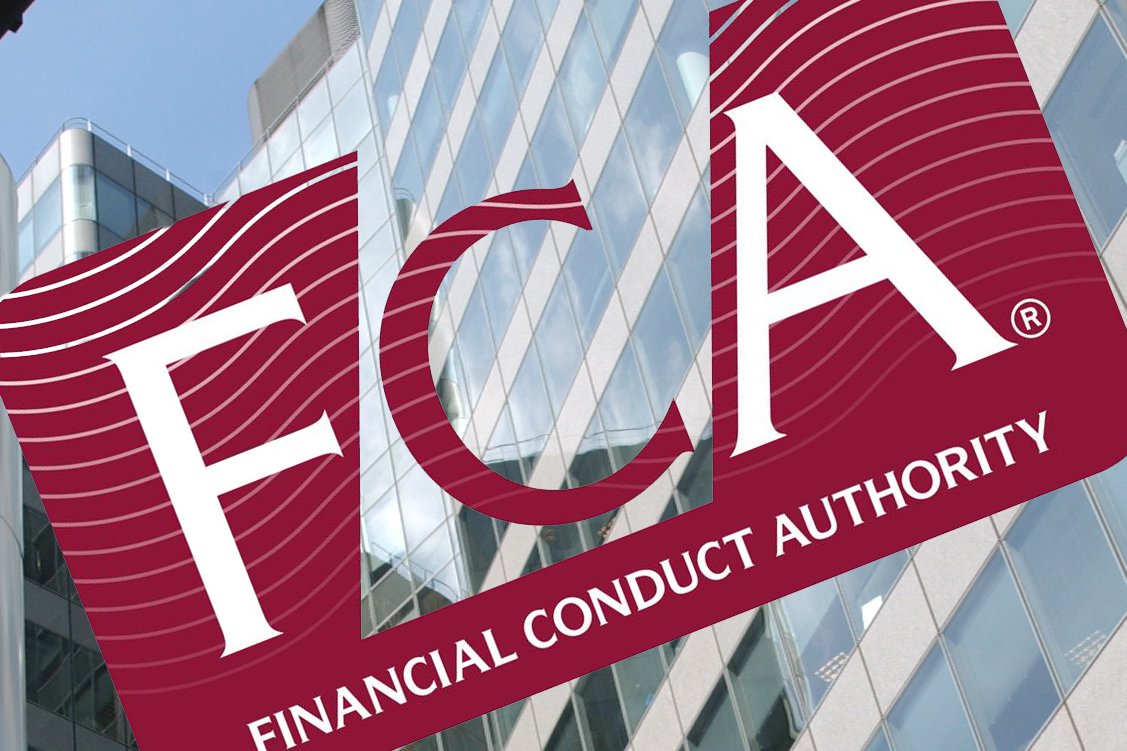By Libby Cantrill, Managing Director, Public Policy at PIMCO
With the growing energy crises in Europe and the U.K., and the increasing likelihood that the Euro area and the U.K. are subsequently driven into recession, fiscal policy looks like it will once again be activated – this time in an effort to blunt the impact of rising energy prices and mitigate the impact of a broader slowdown.
Given the rising possibility of a slowing U.S. economy on the back of a more aggressive Federal Reserve, some have wondered whether U.S. fiscal policy (or, in other words, government spending and tax policy) will similarly aim to save the day should the economy dip into recession.
After all, in response to the COVID shock, the U.S. relied heavily on fiscal policy, with Congress approving in a span of just 12 months approximately $5 trillion across a smorgasbord of spending programs and tax cuts/credits to shore up the U.S. economy, propelling 2021 growth and leading to decades-low unemployment rates.
And yet, similar to how the Fed has taken away the proverbial punchbowl of easy monetary policy, Congress is likely to take a more sober approach as well and is unlikely to follow in the footsteps of its European and U.K allies. This is especially apparent as Democrats enter the “silly season” of the midterm elections, in which they have had to defend their record on spending and its possible contributions to inflation, which continues to poll as the primary concern for U.S. voters heading into the midterms, according to the 16 September New York Times / Siena poll.
As we look beyond the midterms and toward 2023, the big takeaway for the U.S. economy is that the bar for fiscal action (e.g., expanded unemployment insurance, direct fiscal transfers) is likely much higher than it typically has been when approaching previous economic downturns – and this will probably remain the case regardless of the election outcome in November – because of the extent to which inflation has become a political liability.
To be sure: We still expect to see a healthy pace of discretionary spending – the routine annual spending on defense and non-defense items that Congress has “discretion” over – and we do not expect government spending cuts like we saw in 2010 when Republicans, responding to the Tea Party movement, took over the House and passed the Budget Control Act (which temporarily cut discretionary spending to around 6%–6.5% levels; it is now at 7.3% of U.S. GDP in 2022, according to the Congressional Budget Office). But at the same time, we should not count on the “fiscal put” that Congress has provided over the past few years.
We believe this would be particularly true if our base case for the midterm elections comes to pass, in which Republicans take back the House, and similarly true if Republicans win both the House and the Senate. Indeed, Republicans – looking ahead to the 2024 presidential elections – are going to be in no mood to help any Democratic efforts to boost the economy in 2023, and will likely be inclined to take a more obstructionist approach. Counterintuitively, taking this stance is probably easier if Republicans only control one chamber of Congress (e.g., the House) vs. both (the House and Senate), since there is more apparent ownership – and political accountability – for economic policies and outcomes if a party were to control all of Congress. But either way, it would likely take some dramatic and unexpected development to unlock fiscal support in a split government scenario.
In the unlikely event of a continued Democratic-controlled Congress, i.e., Democrats somehow hold onto both the House and Senate in November, the bar for fiscal support will still be high in the event of an economic slowdown.
Why? There has been a lot of hand-wringing by many moderate Democrats about the size and nature of the American Rescue Plan (the $2 trillion spending bill passed in March 2021) in terms of adding to U.S. inflation, and many Democrats are increasingly worried about the growing interest expense on both the stock and flow of U.S. debt given rising interest rates. Plus, many Democrats were bewildered that they did not receive more of a political benefit from the panoply of tax credits and spending included in the ARP, even in areas like the expanded child tax credit (a major – and expensive – part of the package) despite child poverty decreasing subsequently.
If anything, under a hypothetical Democratic Congress in 2023–2024, we could actually see tax hikes (i.e., a reversal of some of the Trump tax cuts), which would amount to a fiscal contraction (albeit incrementally), but politically, that could be difficult, too.
Bottom line: After a busy few years, the fiscal punchbowl in the U.S. has been taken away, and we would argue it is not coming back anytime soon if and when the economy slows, even in the unlikely event that Democrats are able to keep control of Washington after November.




